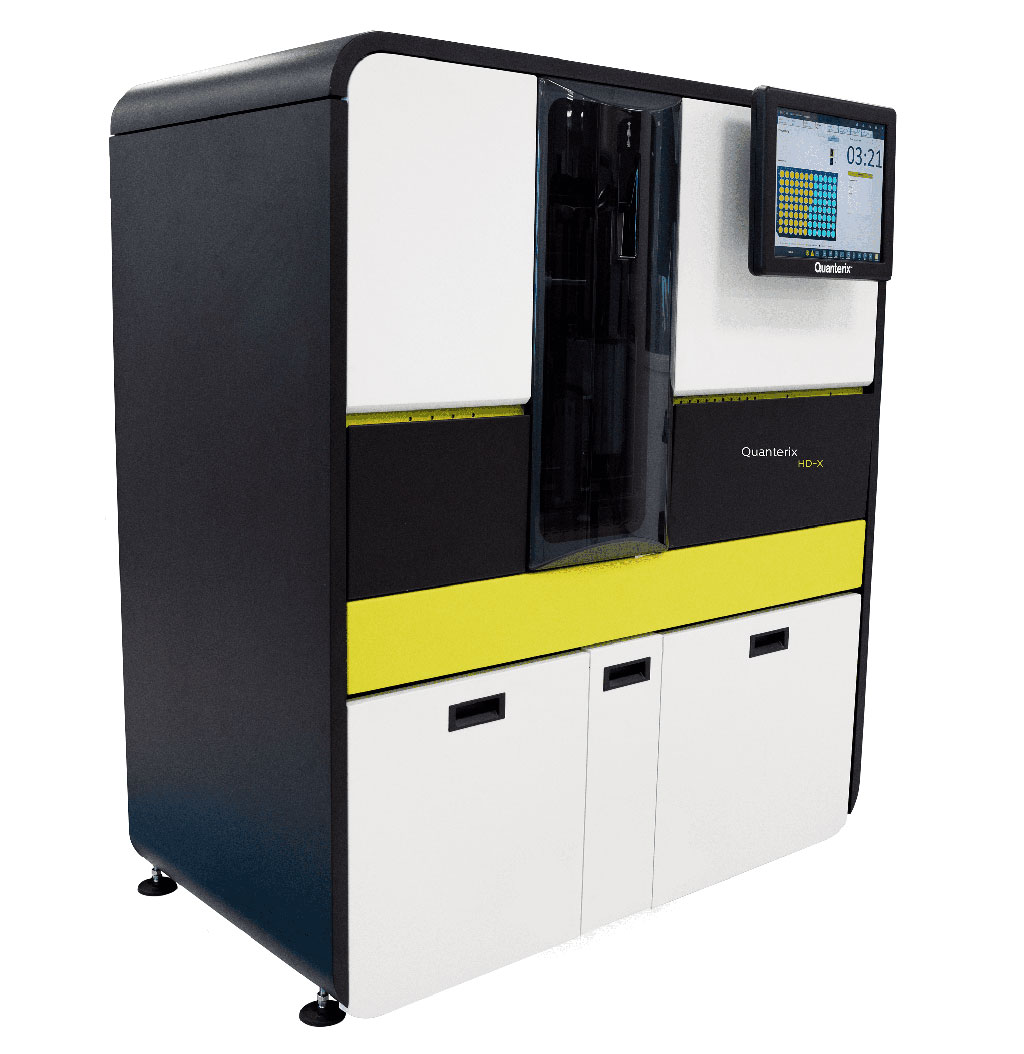Pre-Analytical Stability of Serum Biomarkers for Neurological Disease Investigated
Posted on 01 Apr 2022
Blood-based biomarkers are gaining increasing attention in the clinical field of neurological diseases, as they could contribute to accurate monitoring and prediction of disease and treatment outcomes.
Neurofilament-light (NfL), glial fibrillary acidic protein (GFAP) and contactin-1 (CNTN1) are blood-based biomarkers that could contribute to monitoring and prediction of disease and treatment outcomes in neurological diseases. Pre-analytical sample handling might affect results, which could be disease-dependent.

Neurochemists at the Vrije Universiteit Amsterdam (Amsterdam, The Netherlands) tested common handling variations in serum of volunteers as well as in a defined group of patients with multiple sclerosis (pwMS). Sample sets from five pwMS and five volunteers at the outpatient clinic were collected. The team investigated the effect of the following variables: collection tube type, delayed centrifugation, centrifugation temperature, delayed storage after centrifugation and freeze-thawing.
Prior to the NfL and GFAP analyses, serum samples were rapidly thawed, vortexed and centrifuged at 10,000×g for 10 minutes at room temperature. NfL and GFAP were simultaneously analyzed by a Simoa Single Molecule Array platform using the HDx analyzer with the Neurology 2-Plex B multiplex assay (Quanterix, Billerica, MA, USA). Prior to CNTN1 analysis, in a second set of aliquots, serum samples were thawed, vortexed and centrifuged at 10,000×g for 10 minutes at room temperature. The samples were analyzed using the Human contactin-1 Magnetic Luminex Assay (R&D systems, Minneapolis, MN, USA) on a Bio-Plex 200 system (Bio-Rad Laboratories, Hercules, CA, USA).
The scientists reported that for most pre-analytical variables, serum NfL and CNTN1 levels remained unaffected. In the total group, NfL levels increased (121%) after 6 hours of delay at 2–8 °C until centrifugation, while no significant changes were observed after 24 hours delay at room temperature (RT). In pwMS specifically, CNTN1 levels increased from additional freeze-thaw cycles number 2 to 4 (111%–141%), whereas volunteer levels remained stable. GFAP showed good stability for all pre-analytical variables. Serum NfL levels were relatively higher in pwMS (median 6.9 pg/mL, compared to volunteers (4.8 pg/mL). The same was found for serum GFAP levels (pwMS: 60.5 pg/mL; volunteers: 52.1 pg/mL). Serum CNTN1 levels were relatively lower in pwMS (8,103 pg/mL) compared to volunteers (10,671 pg/mL).
The authors concluded that overall, the serum biomarkers tested were relatively unaffected by variations in sample handling. For serum NfL, they recommend storage at RT before centrifugation at 2–8 °C up to 6 hours or at RT up to 24 hours. For serum CNTN1, they advise a maximum of two freeze-thaw cycles. Their results confirm and expand on recently launched consensus standardized operating procedures. The study was published in the journal Clinical Chemistry and Laboratory Medicine.
Related Links:
Vrije Universiteit Amsterdam
Quanterix
R&D systems
Bio-Rad Laboratories













